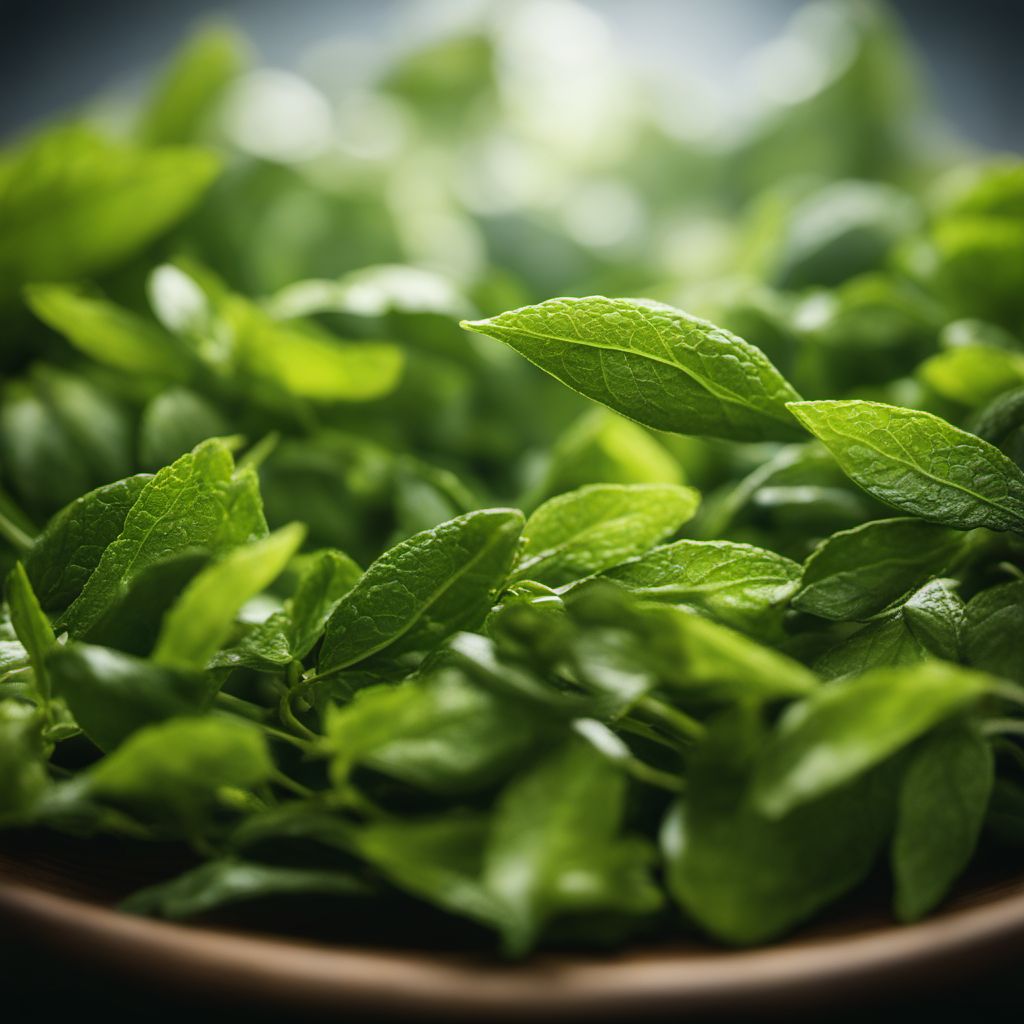
Ingredient
Tea green flavour
The Enchanting Elixir: Unveiling the Delicate Flavors of Green Tea
Green tea is made from the leaves of the Camellia sinensis plant, which undergo minimal oxidation during processing. It has a light green color and a subtle, grassy flavor with floral undertones. Green tea is rich in antioxidants and contains a moderate amount of caffeine, making it a popular choice for those seeking a natural energy boost.
Origins and history
Green tea has a long and storied history, originating in ancient China over 4,000 years ago. It was initially consumed for its medicinal properties and later gained popularity as a beverage enjoyed for its taste and aroma. Today, green tea is cultivated in various countries, including China, Japan, India, and Sri Lanka, each with its own unique tea-growing traditions and processing methods.
Nutritional information
Green tea is a rich source of antioxidants, including catechins and polyphenols, which have been linked to numerous health benefits. It also contains a moderate amount of caffeine, providing a natural energy boost without the jitters often associated with coffee.
Allergens
Green tea is derived from the leaves of the Camellia sinensis plant and does not contain any known allergens.
How to select
When selecting green tea, opt for loose-leaf varieties whenever possible, as they tend to offer better quality and flavor compared to tea bags. Look for vibrant green leaves that are tightly rolled or twisted, indicating freshness. Avoid tea leaves that appear dull or have a yellowish hue, as they may be stale or of lower quality.
Storage recommendations
To preserve the freshness and flavor of green tea, store it in an airtight container away from light, heat, and moisture. Avoid storing it near strong-smelling substances, as green tea can easily absorb odors. Proper storage will help maintain its quality and prevent the tea from becoming stale.
How to produce
Growing green tea at home requires specific conditions, including a suitable climate, well-drained soil, and partial shade. It is best suited for regions with a temperate climate, such as parts of China, Japan, and India. However, it can also be grown in containers indoors or on balconies, provided they receive adequate sunlight and are protected from extreme temperatures.
Preparation tips
To prepare green tea, steep 1 teaspoon of loose-leaf tea or 1 tea bag in 8 ounces of hot water (around 175°F or 80°C) for 2-3 minutes. Adjust the steeping time based on personal preference, as longer steeping times will result in a stronger flavor. Green tea can be enjoyed on its own or with a touch of honey or lemon for added flavor. It can also be used as a base for iced tea or incorporated into various recipes, such as matcha lattes or green tea-infused desserts.
Substitutions
White tea can be used as a substitute for green tea, as it shares similar characteristics and flavor profiles. However, white tea has a milder flavor and lower caffeine content compared to green tea.
Culinary uses
Green tea is commonly used as a beverage, enjoyed hot or cold. It is also used in traditional tea ceremonies in countries like Japan. Additionally, green tea is incorporated into various dishes and desserts, such as matcha-flavored ice cream, green tea cakes, and savory dishes like green tea soba noodles. It can also be used as a flavoring agent in sauces, marinades, and dressings.
Availability
Green tea is cultivated and consumed in various countries, including China, Japan, India, Sri Lanka, and Kenya. Each region offers unique varieties and processing methods, resulting in different flavor profiles and characteristics.
More ingredients from this category » Browse all
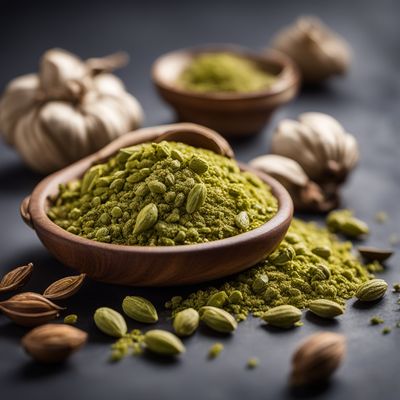
Cardamom flavour
"The Enchanting Essence: Unveiling the Magic of Cardamom Flavor"
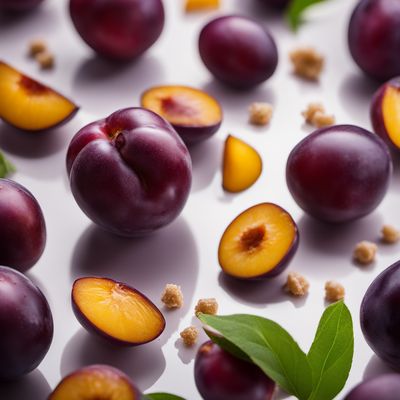
Plum flavour
The Sweet Symphony of Plum Essence
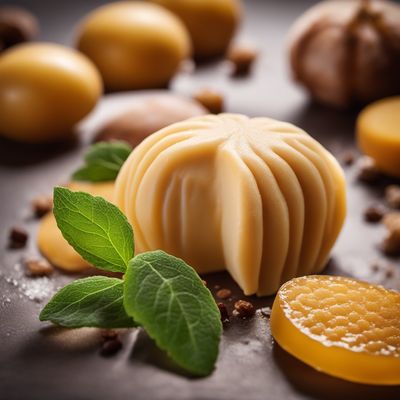
Marzipan flavour
The Sweet Almond Symphony

Caramel flavour
The Sweet Symphony of Caramel

Citrus flavour
The Zesty Essence: Exploring the World of Citrus Flavors

Paprika flavour
The Fiery Essence of Paprika
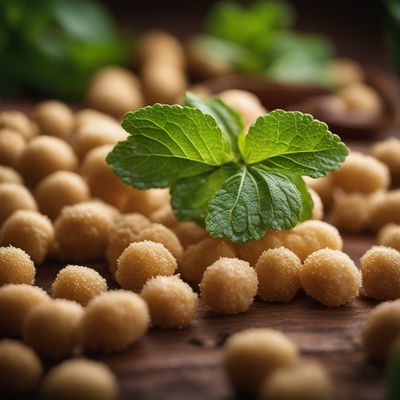
Estragon flavour
The Delicate Herb: Estragon's Subtle Allure

Hibyscus flavour
"The Vibrant Essence: Exploring the Delightful Hibiscus Flavor"

Sweet chili flavour
Fiery Fusion

Café-au-lait flavour
"The Perfect Harmony of Coffee and Cream: Unveiling the Café-au-lait Flavour"
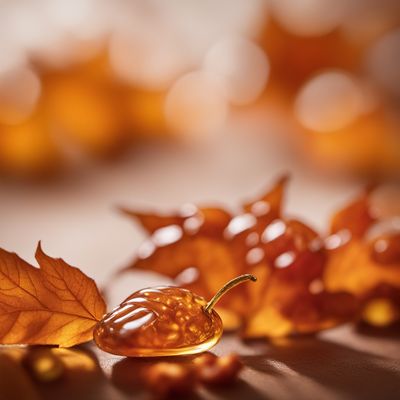
Maple flavour
The Essence of Nature: Maple Flavour

Lime flavour
The Zesty Elixir: Exploring the Essence of Lime